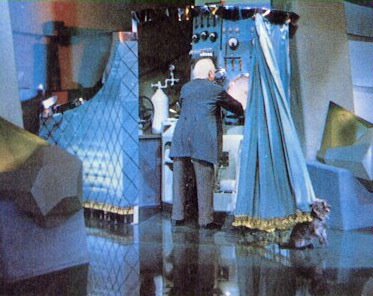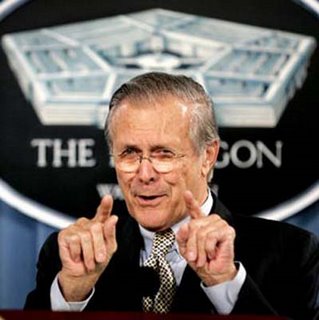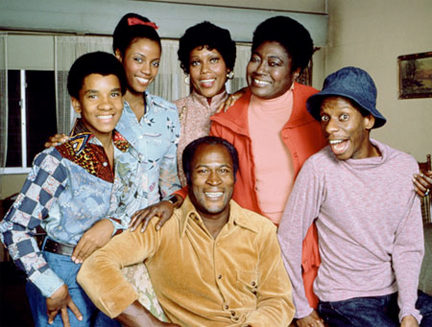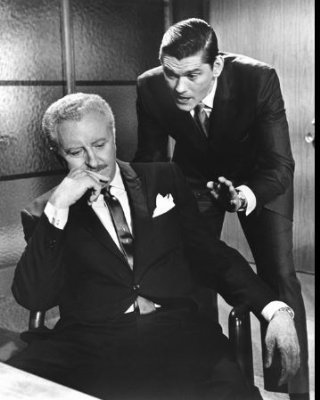a demi-thought about social media and marketing
 Tuesday, September 21, 2010 at 9:53PM
Tuesday, September 21, 2010 at 9:53PM 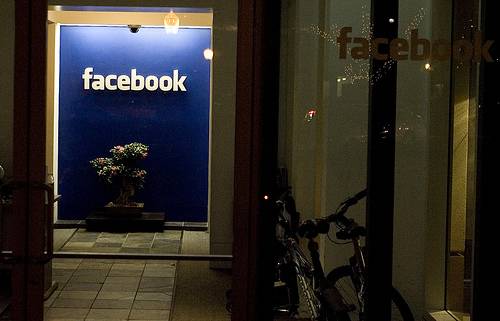 A rambling post tonight, in lieu of real thoughts...
A rambling post tonight, in lieu of real thoughts...
Belatedly it's occurring to me that social media hasn't replaced any other form of marketing – it's created a whole new category of marketing, a hybrid of engagement and awareness. Awgagement? Engageness?
The Old Spice videos took off because people liked them and thought they were funny. They watched, they talked about them, they passed them along and my understanding is that they also bought product. So that's great. Old Spice built over several weeks based on consumers themselves.
That amazing potential that Awgagement has is also its severe limitation. It relies on the fact that you're far more likely to engage with things (messages, recommendations, links, video, articles) that you get through friends than those things you receive through more traditional means. It relies on viral marketing. Which, as we're all aware, isn't a strategy or medium at all; it's an outcome. There is very little that marketers can do to rely on predictable marketing through Facebook or Twitter. They can't control how people will react to their messages or content. They can't force people to pass their stuff along or like it.
The Old Spice folks invested a lot of dough and took a chance. It paid off.
Taken to its logical conclusion, will advertisers now just create content and deliver straight to consumers via YouTube, desperately trying to incorporate brand messages in a way that actually entertains?
I doubt it. It's a very high risk strategy, too much so for most clients too much of the time. I can't see them or their agencies shoving all their chips onto the "social media" square on the roulette wheel and letting it ride. As much as everyone talks about trusting and listening to consumers, there's too much money involved for businesses to become passive dependents on consumers. I know that every guru on the planet is talking about empowering consumers, but no one gives up power that easily.
Besides, people aren't actively searching out content all the time. Sometimes they really need passive interaction, for instance, sitting back and watching whatever's on TV after a long day at work, or listening to the radio in the car. Sometimes, people don't want to have to engage, or like, or pass along. Sometimes they just want to enjoy.
 clients,
clients,  digital,
digital,  marketing,
marketing,  social media,
social media,  strategy
strategy 

